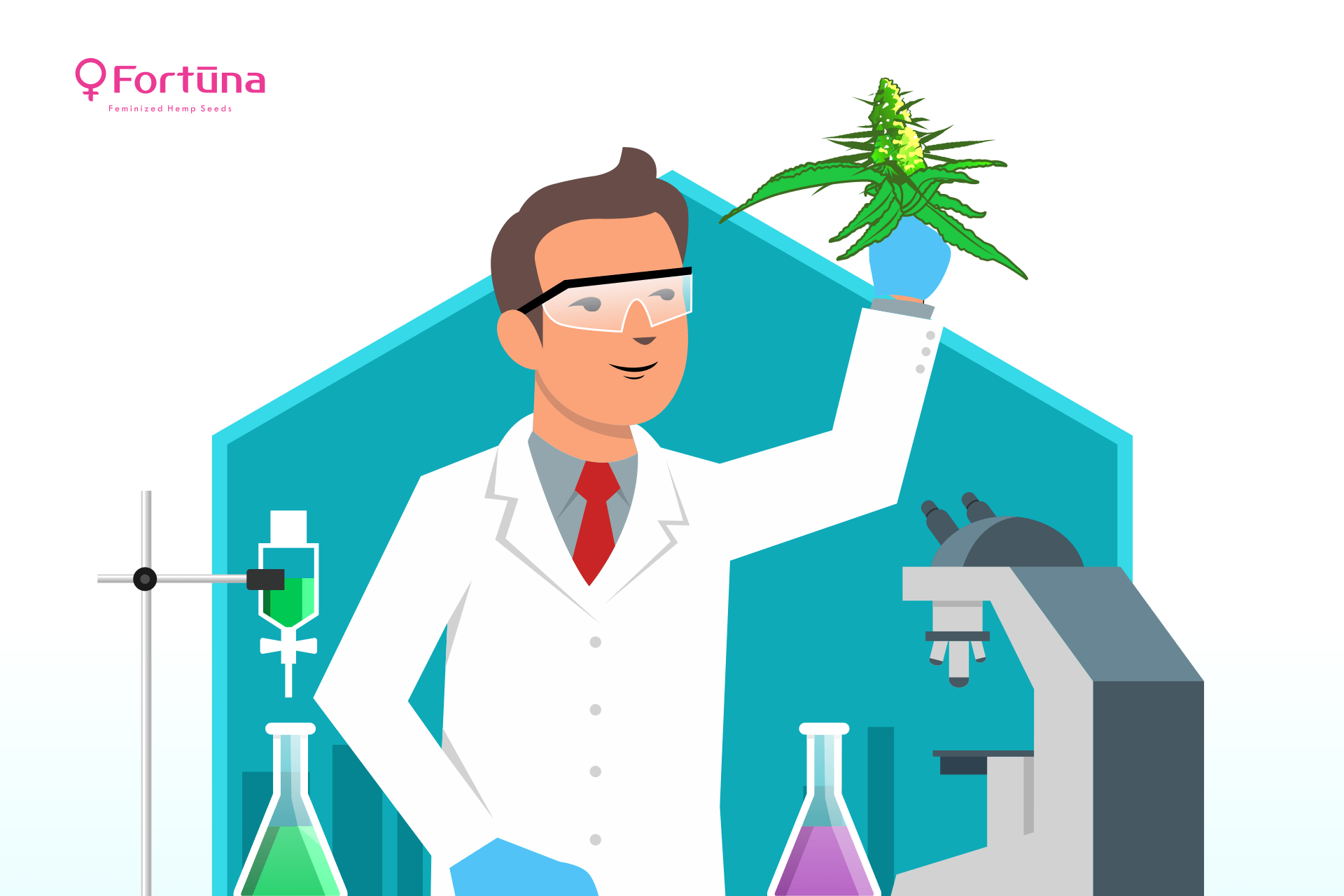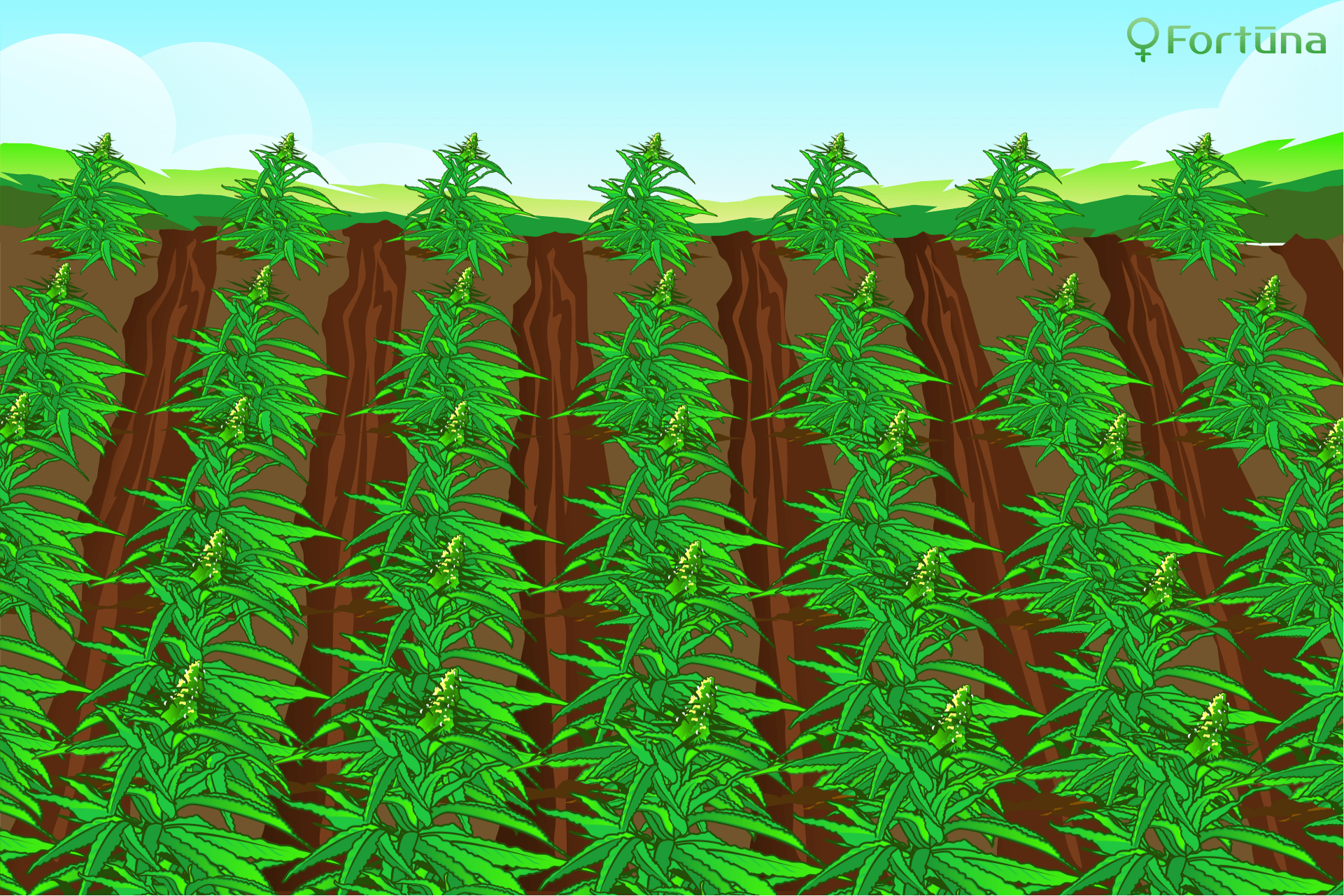
- Hemp Farming
-
by gu
The USDA released a proposed set of rules designed to regulate hemp production at a federal level. Draft USDA hemp rules will be officially published on Thursday, October 31, 2019; the board will be open for public comment for 60 days after that. Once in effect, these rules will remain in practice for two years before becoming official.
The USDA’s proposed hemp cultivation rules are, for the most part, met with great optimism. Proponents insist that hemp farm standards help protect farmers and solidify the hemp industry. However, some provisions have many hemp industry professionals worried about the feasibility of CBD hemp cultivation.
Concerns Regarding the USDA’s Proposed Hemp Cultivation Rules
The USDA’s proposed hemp cultivation rules aim to promote uniformity to and clarify uncertainty regarding proper hemp cultivation procedures. The rules include a regulatory framework that outlines proper crop testing procedures and permissible hemp THC levels. The regulations further allow for a certain measure of uncertainty regarding THC content to take into account variables like harvest time, cannabinoid decarboxylation, and so on.
The new USDA hemp rules also outline the proper procedure for the disposal of “hot crops” or those found to surpass permissible THC levels. Specifically, an authorized controlled substance agent such as a DEA registrant must destroy all hot crops quickly and thoroughly.
If testing confirms a hot hemp crop, farmers must completely destroy it according to these new rules. Farmers cannot salvage any part of the plant, rendering the entire season’s work and investment a total loss. It cannot be consumed, sold, or even moved from the property without the proper approval. What’s worse: CBD hemp farmers caught growing a hot crop do not qualify for federal crop insurance.
Best Practices for Growing CBD Hemp in 2020
Despite concerns regarding USDA hemp rules, there are a few things farmers can do to help prevent high THC levels in hemp crops. First and foremost, hemp farmers should grow only certified feminized hemp seeds from a reputable distributor. All seeds should include a Certificate of Analysis (COA) from a reputable testing lab that clearly outlines the strain’s cannabinoid levels. Certified feminized hemp seeds are especially valuable in this regard thanks to their stability and consistency across generations.
Research also suggests that stress can cause spiked THC levels in hemp. For example, studies conducted in North Carolina found that high elevations may increase hemp THC levels. Researchers planted identical hemp seed varieties in two locations — Piedmont Research Station with an elevation of 703 feet, and Salisbury and the Mills River Research Station with a 2,069-foot elevation. Upon testing, researchers found that, though all low-elevation crops were compliant, every single high-elevation plant tested “hot.”
Other stressors that may induce hemp THC spikes include insufficient nutrient intake, floods, droughts, and variable temperature conditions. However, there is very little hemp research at this point. As such, we do not yet understand the specific causes and mechanisms behind THC spikes.
Final Thoughts
America is making great strides toward national hemp cultivation legislation. The USDA’s proposed hemp cultivation rules prove that legislators are actively contributing to federal hemp reform. However, some are concerned that the new legislation will hurt hemp farmers who cannot maintain proper cannabinoid levels in their crops.
While some rave about the USDA’s new hemp rules, others suggest that it may be no more than a carrot on the end of a stick. What do you think?


